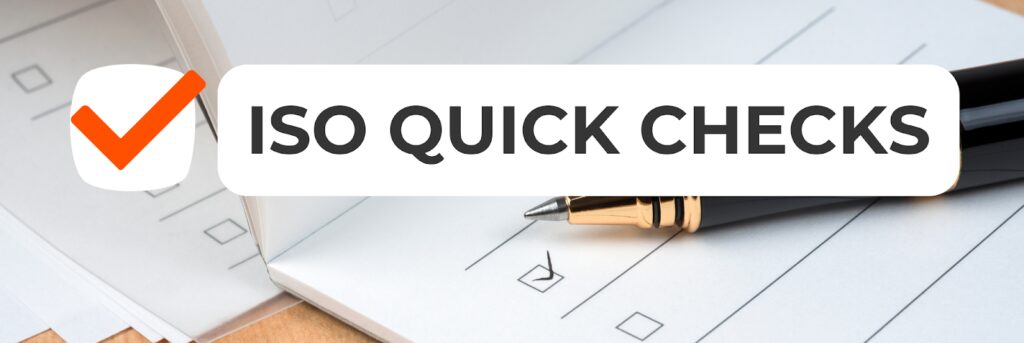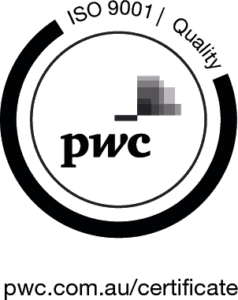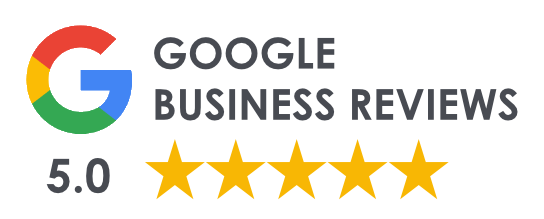ISO 45001:2018 – An Entirely New Standard (UPDATED 28 September 2021)
The entirely new ISO 45001:2018 Occupational Health and Safety (OHS, also referred to as WHS for Work Health and Safety) Management Systems Standard was published in March 2018. This Standard replaces OHSAS 18001:2007 and AS/NZS 4801:2001. It is aligned with ISO 9001:2015 (Quality Management), ISO 14001:2015 (Environmental Management), and the other latest ISO management standards.
The International Accreditation Forum (IAF) had previously confirmed that organisations will have the usual 3-year transition period to transfer their current management systems and certifications. However, this has been extended due to Covid-19, and below are the updated transition dates:
Many JAS-ANZ Accredited Conformity Assessment Bodies (Certification Bodies) are stating that organisations have to update from AS/NZS 4801:2001 (to ISO 45001:2018) by March 2021. However, this is not the case. Although we support this, due to ISO 45001:2018 being more about today’s health and safety management, for the time being, you can now stay with AS/NZS 4801 until 12 July 2023.
Your First Steps to Getting There

Since March 2018, we have worked with the ISO 45001:2018 Standard and are now very familiar with its requirements. We have already assisted many client organisations to successfully achieve Certification to this new standard. We have summarised below some of the most notable changes for the upgrade from AS/NZS 4801:2001 and OHSAS 18001:2007, to the new ISO 45001:2018.
1. Update Company Policies
The first step to upgrade to ISO 45001:2018 is to review and update the company policies. The new Standard requires some additional commitments in your health and safety policy to ensure that the consultation process includes non-managerial workers and elimination of hazards reducing OHS risks (Clause 5.2). The Health & Safety Policy should be updated to include:
Additionally, ISO 45001:2018 Consultation and Participation of Workers (Clause 5.4) has a number of new requirements to ensure this is an effective process.
Remember, consultation is about seeking workers’ views, and considering them, before making a decision.
Developing a Consultation Statement based on the requirements of clause 5.4 is a great way to address this requirement. The key point to include in this Statement is the inclusion of non-managerial workers in making decisions, for example in the following business management activities:
Points to Consider
The inclusion of non-managerial workers in making decisions can be achieved by:
2. Document Internal Communication
The second significant update in the ISO 45001:2018 Standard relates to communication (Clause 7.4). This clause states that organisations shall retain documented information as evidence of their communications.
The nature of external communication usually results in the evidence, such as meeting minutes, workshop records or emails.
However, proof of internal communication can often be overlooked as this can occur in many informal settings.
To fulfil the requirements of this clause, you will need to demonstrate that your workers have been included in the communication process and this might result in changes to some of your policies or processes, for example:
Points to Consider
3. Develop a Change Management Process
Although ISO 9001:2015 has a section (6.3) for the planning of changes and the need to consider their potential consequences, the new ISO 45001:2018 Management of Change (Clause 8.1.3) has a requirement to establish a process(es) to implement the desired change and to consider any potential new risks that might arise from the changes.
Establishing effective criteria for the potential effects of the changes and developing a new Change Management Process will help to ensure the overall success of the intended changes with minimal additional risks from the changes.
Implementation of this process is essential for product and service consistency during the change management process.
We advise developing a process that is applicable to the whole business (not only to the safety aspects).
The process should include who will be approving the steps and what the milestones will be to track the timeline of the changes.
Points to Consider
Other New Requirements
We have described in the above sections three significant updates for your transition from AS/NZS 4801:2001 and/or OHSAS 18001:2007 to the new ISO 45001:2018. There are numerous other new requirements in the ISO 45001:2018 Standard, for example:
About the author
Erica is the Managing Director of ISO Certification Experts and ICExperts Academy. She has been helping businesses with their ISO Certification needs for over 20 years. Erica is also a Certified trainer, implementer and auditor for the ISO 9001, ISO 14001, ISO 45001 and ISO 27001 standards. Erica primarily heads up the day-to-day operations of the businesses, and is also a current member of the Standards Australia Committees: QR-008 Quality Systems and ISO 9001 Quality Management Brand Integrity.
All information on this blog site is for informational purposes only. As this information is based on our professional experience, opinion, and knowledge, we make no representations as to the suitability of this information for your individual business circumstances. Especiality Pty Ltd trading as ISO Certification Experts and all related businesses and brands will not be liable for any errors, omissions, legal disputes or any damage arising from its display or use. All information is provided as is, with no warranties and confers no rights.
We will not be responsible for any material that is found at the end of links that we may post on this blog site. The advice, ideas, and strategies should never be used without first assessing your own personal business situation or seeking professional and/or legal advice. Information may also change from time to time to suit industry and business needs, requirements and trends.
















